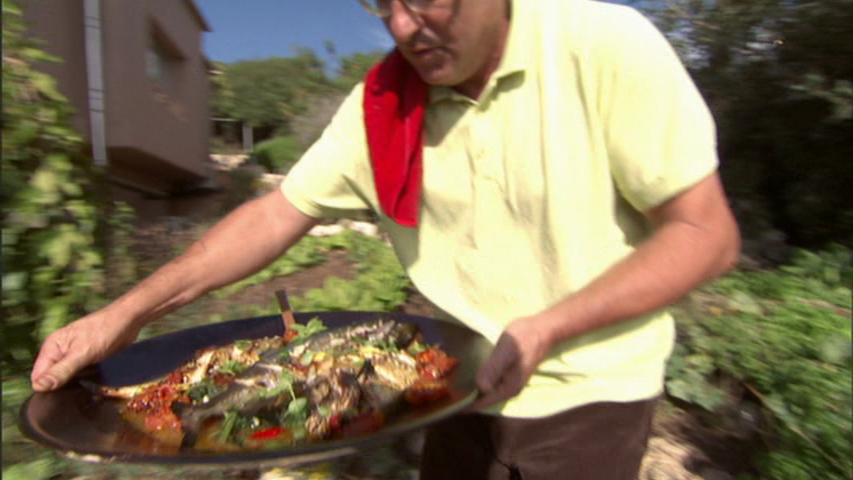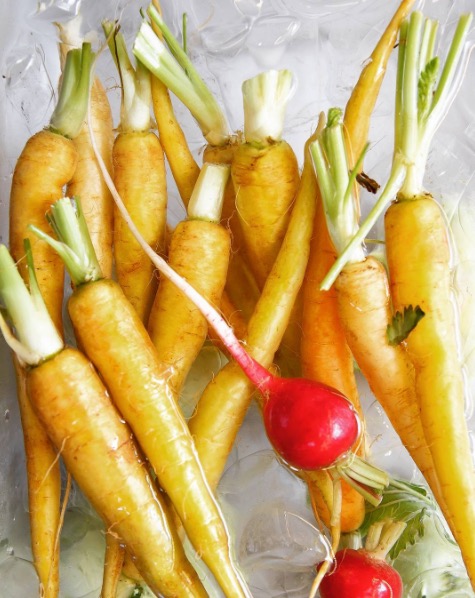Ruins of a theater in Beit She’an. Photo by Fritzmb, courtesy Creative Commons
In the late nineteenth century, trains and railways were vital to the advancement of life and commerce in Palestine, as in many other places. Following a vision that began in the 1860s to connect Damascus to Mecca, some 1,600 kilometers (about a thousand miles) of track were laid for what came to be known as the Hedjaz Railway. A small side branch of that line led from Dera (in southern Syria) to Haifa. This 161-kilometer/100-mile branch, which ran through the Jezreel Valley, helped to put Haifa on the map.
“It is an exciting venture to revive the life of the trains, which so evocatively conjure the glamour of a lost time.”
This Valley Train, which was inaugurated in 1905, stopped operating in 1948. But in recent years the Israeli government has embarked on a project to renew a 60-kilometer/37-mile segment of the line, between Haifa and Beit She’an. Some of the original stations and other structures are being restored as well, including the old train bridge that runs over the Kishon River, the water tower at Beit She’an that supplied the steam engines, and beautiful Templer-style station buildings near Kfar Yehoshua, which now serve as a railway museum and visitors’ center.
It is an exciting venture to revive the life of the trains, which so evocatively conjure the glamour of a lost time.















































































